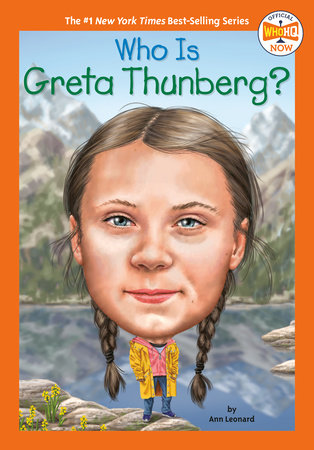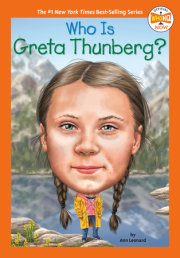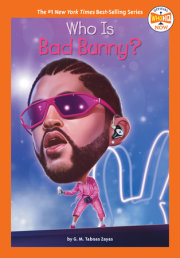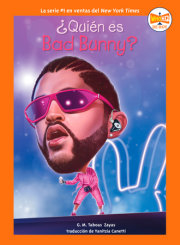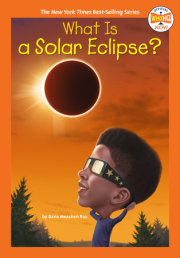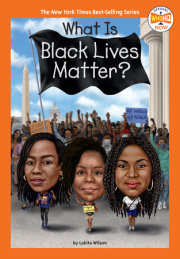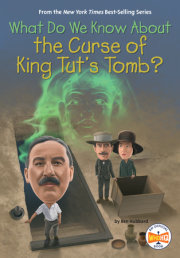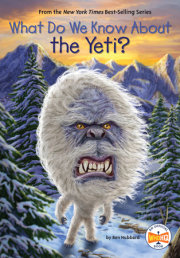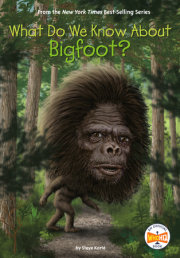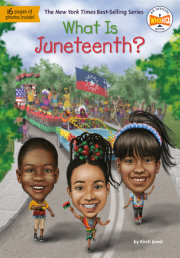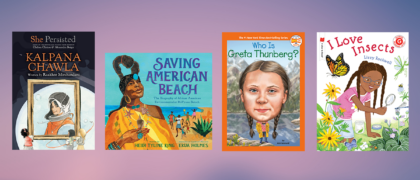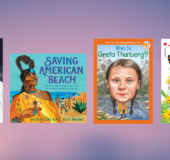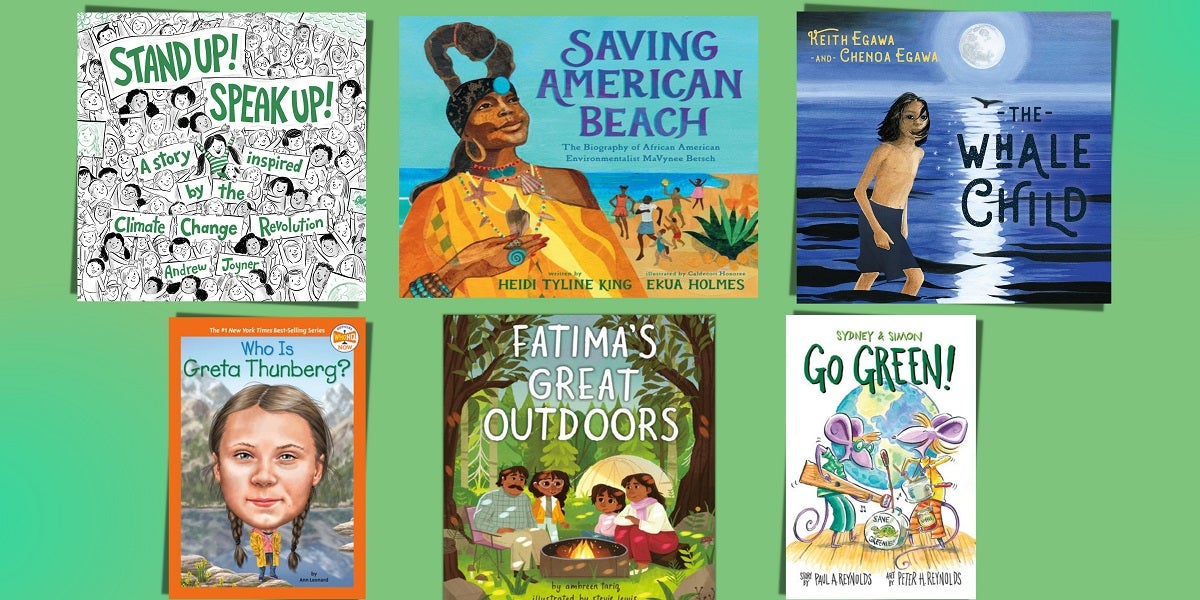Who Is Greta Thunberg? On August 20, 2018, a Monday morning in Stockholm, Sweden, a girl in a blue hoodie and yellow raincoat hopped on her bike and rode from her home to the Swedish parliament building—-the meeting place of the country’s government. She was barely five feet tall and wore her hair in two long braids.
Her name was Greta Thunberg. She was fifteen years old, and she was skipping school.
Was she doing it for fun?
No. Just the opposite. She had a very serious purpose. She was going to the government building to protest what she saw as a deadly climate crisis. A few months before, a newspaper had run an essay she wrote about her fears for the environment. “I want to feel safe,” she wrote. “How can I feel safe when I know we are in the greatest crisis in human history?”
So, she decided to take action.
Greta brought a hundred flyers to give out to people. She also had a wooden sign that her father had helped her make. It was painted white and in large black letters, the message in Swedish read: “School Strike for Climate.” Her strike meant that, in protest, she refused to go to school.
This was the very first day of her strike. Greta sat against a wall of the parliament building. She had tried to convince other young people she knew to join her. But nobody had. Greta was on her own.
All day long, people passed by her. If they noticed her sign, they didn’t ask about it. Nobody took a flyer, either. The next day, however, there she was. Back at the same spot. For a while, a young man talked to her about her protest. He gave her a piece of chocolate, which Greta appreciated. But no crowd joined her.
Like so many teenagers born in the twenty--first century, Greta understood the power of social media. She posted a photo of herself holding her sign on Instagram and Twitter. She contacted a few Swedish newspapers to tell them about her strike to call attention to climate change. Sure enough, a couple of local papers sent reporters.
After that, Greta’s strike started to grow. More and more young people joined Greta at the parliament building.
Like her, they wanted the Swedish government to take action by passing laws that would help reverse global warming. The planet needed saving. It was Greta’s belief that grown--ups were the problem. They weren’t doing what was necessary to save the planet. Young people needed to make them see that. Or else, what kind of future would they have?
Chapter 1 How It All Began Greta Thunberg (say: TOON--berg) seemed to have everything a child could want in life. She had loving and creative parents. Her mother, Malena Ernman, was a well--known opera singer. Her father, Svante (say: SVAN--tay), was a writer and actor. Her little sister, Beata, was three years younger and looked up to Greta. And then there was Moses, Greta’s adored golden retriever, and later on, a rescue dog named Roxy.
The family lived in a large house at the top of a hill in the beautiful city of Stockholm.
Whenever the Thunbergs wanted peace and quiet, it was only a quick trip to their weekend home on an island named Ingaro.
Greta’s parents had always taught Greta and Beata to be responsible about the environment. They turned off lights that didn’t need to be on. They didn’t waste water. They often rode bikes instead of taking their car. And when electric cars became available, they bought one.
Sensitive, smart, and serious, Greta liked horses, dogs, ballet, and learning to play the piano. For companionship, she often turned to books. And she was a deep thinker who sometimes seemed more like a grown--up than a kid.
Then, when she was eight, something happened in school that changed Greta’s life.
Her class watched a film about global warming—-how the earth’s average temperature was rising to a point that it was causing terrible harm to the planet. It was the reason why extreme flooding and dangerous dry spells had become much more common, as well as violent hurricanes and uncontrollable fires.
From the film, Greta learned that ice caps at the North and South Poles were melting. This was dangerous for polar bears, which all live in countries near the Arctic Circle. To find food, polar bears must swim from one sheet of floating ice to the next. Because of ice melting, the distance between these sheets of ice was greater. It was harder for the polar bears to make it from one sheet to the next. Many weren’t finding enough food to eat.
It upset everyone in the class to learn about this. But after the film was over, the other children were able to go on with the rest of their days. Not Greta. All she could think about was the polar bears. If global warming was the problem, why was no one stopping it?
Greta’s worrying grew worse and worse. By the time she was eleven, all she could think about was global warming. She stopped eating. She stopped playing the piano. She stopped going to school. She even stopped talking. For hours, she would just sit with Moses, petting and stroking his fur.
Malena and Svante tried everything to encourage Greta to eat more. They offered her favorite foods, such as avocados and little potato dumplings. But nothing worked. Greta lost more than twenty pounds. Svante described this time as “the ultimate nightmare for a parent.” His child was suffering, and he wasn’t able to help her!
Copyright © 2020 by Penguin Random House LLC.; Illustrated by Manuel Gutierrez. All rights reserved. No part of this excerpt may be reproduced or reprinted without permission in writing from the publisher.

